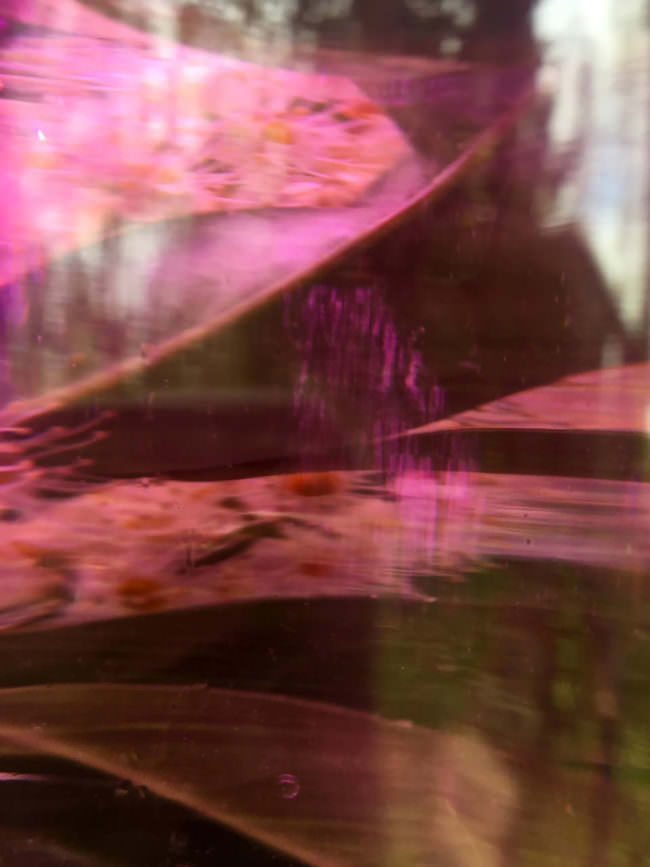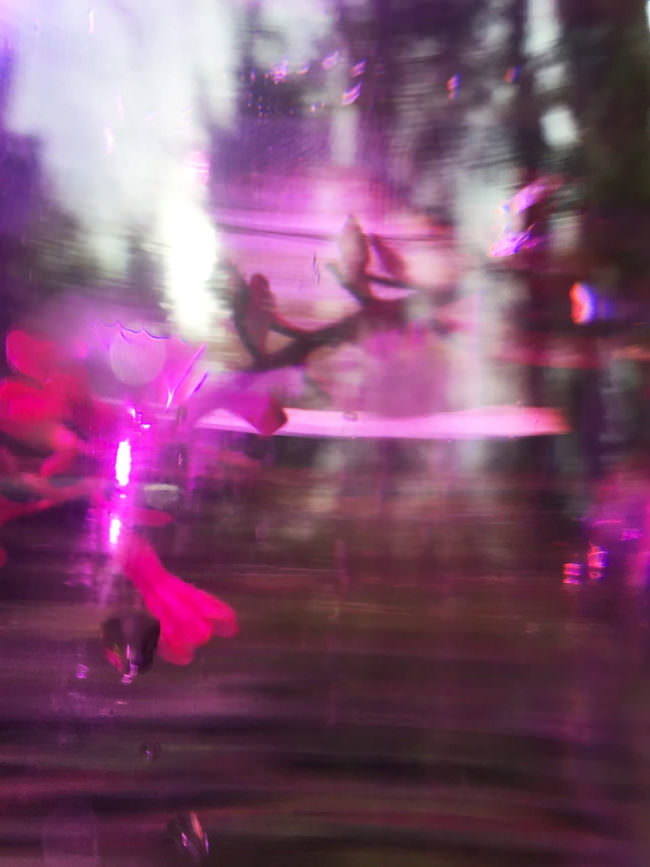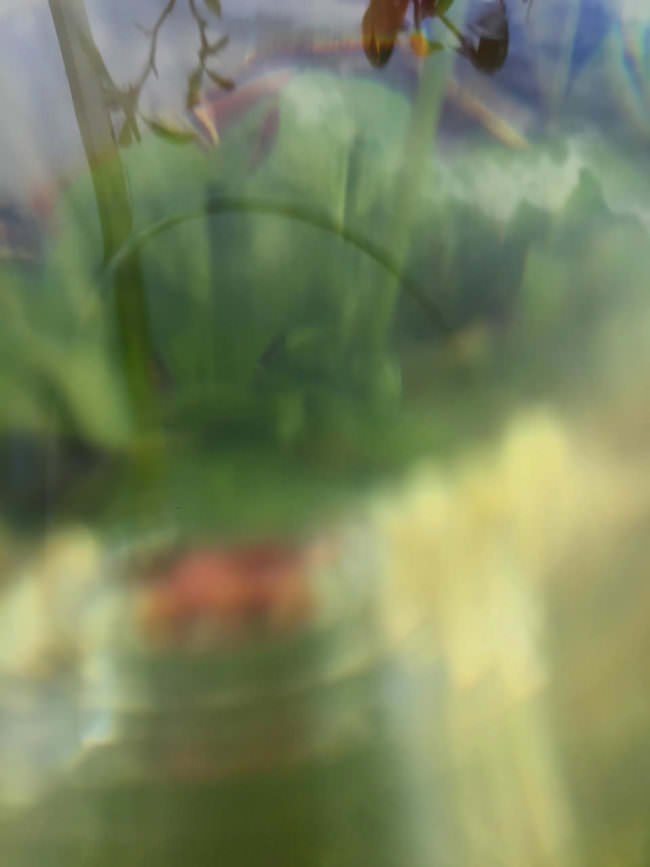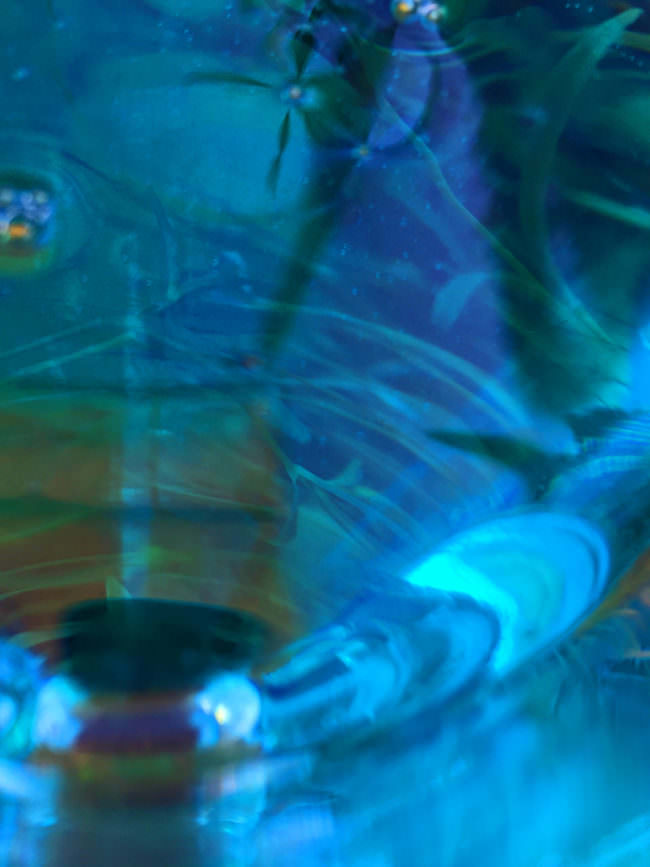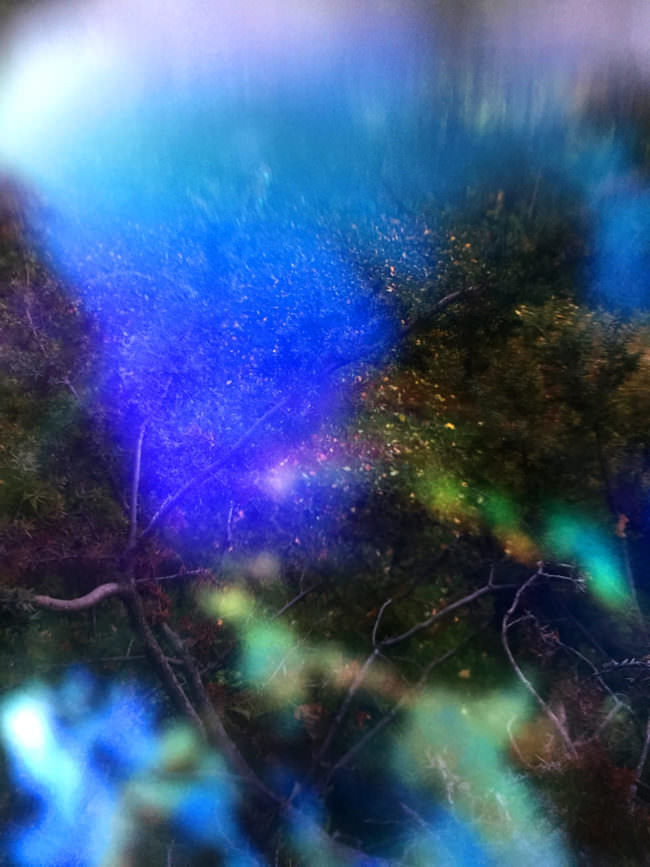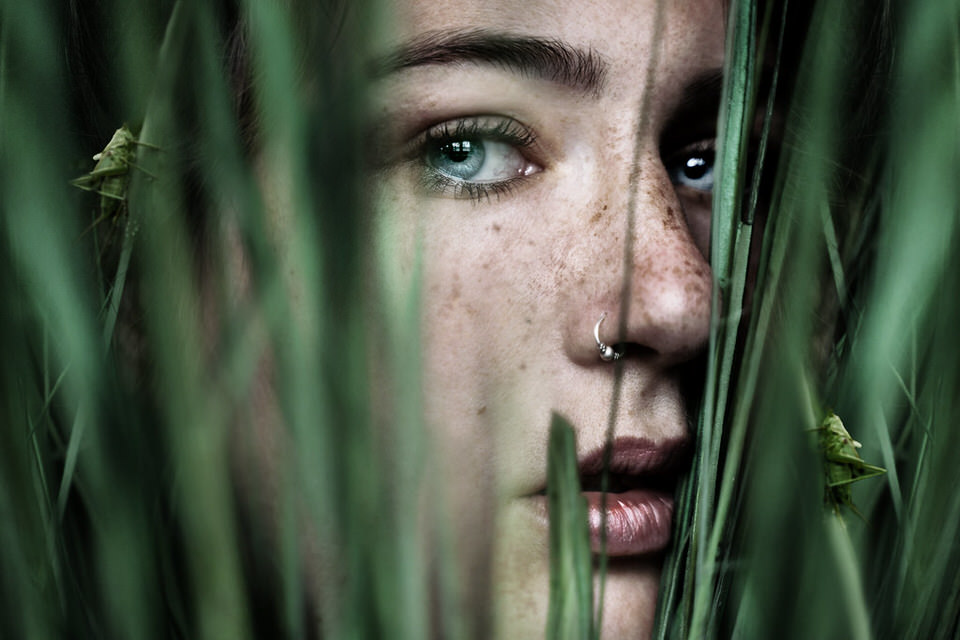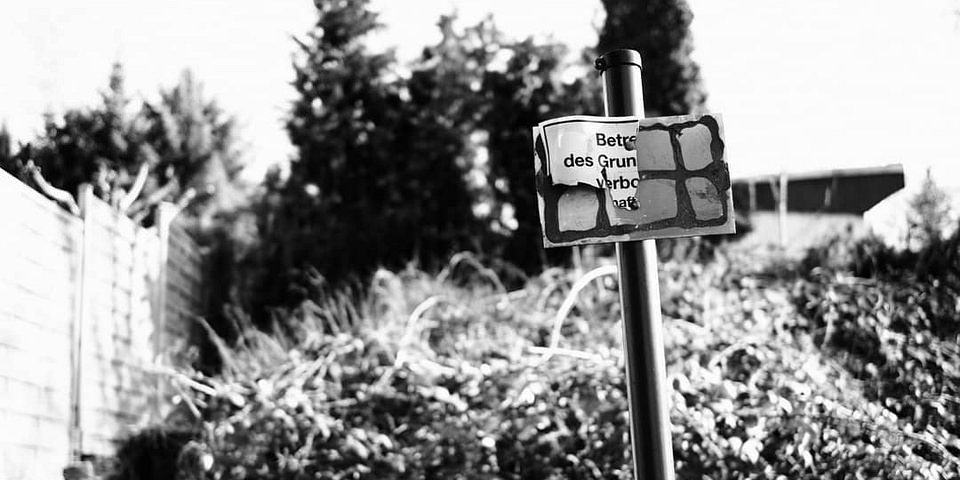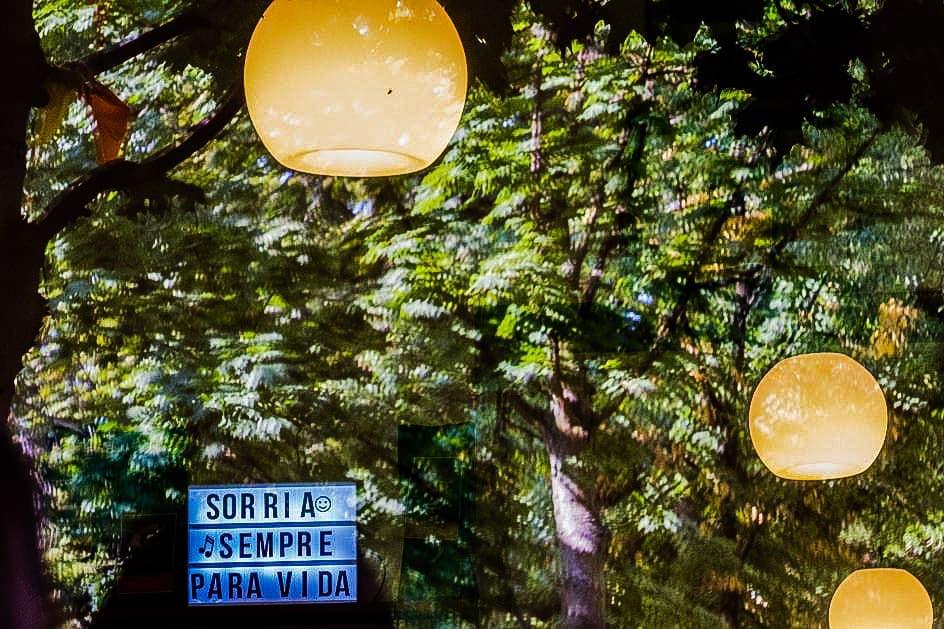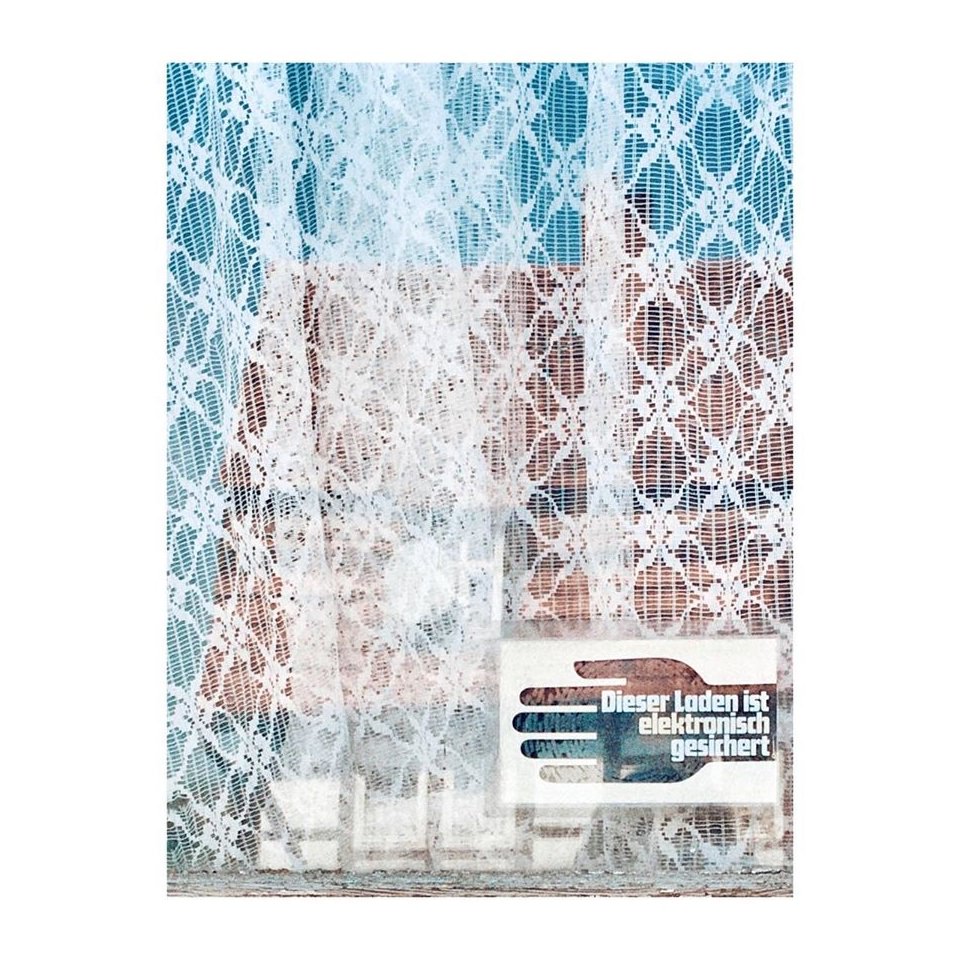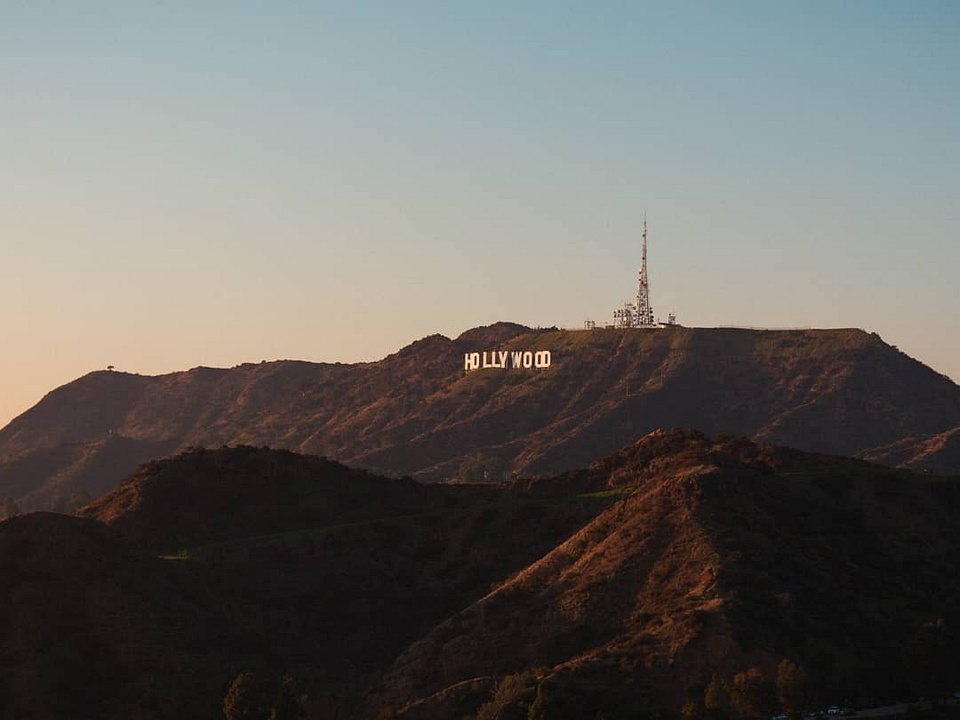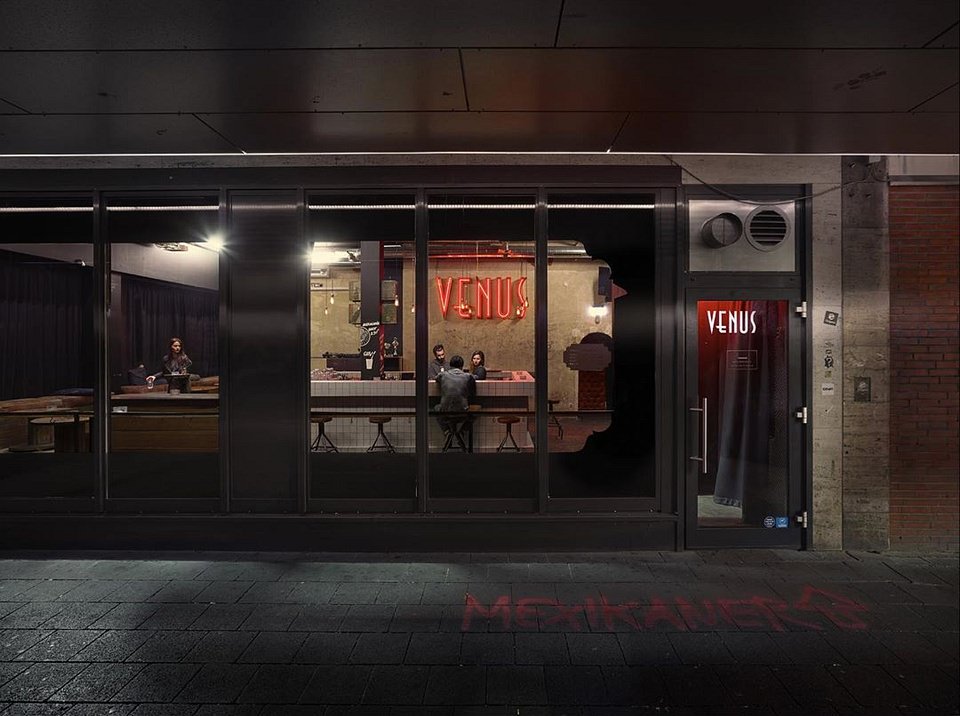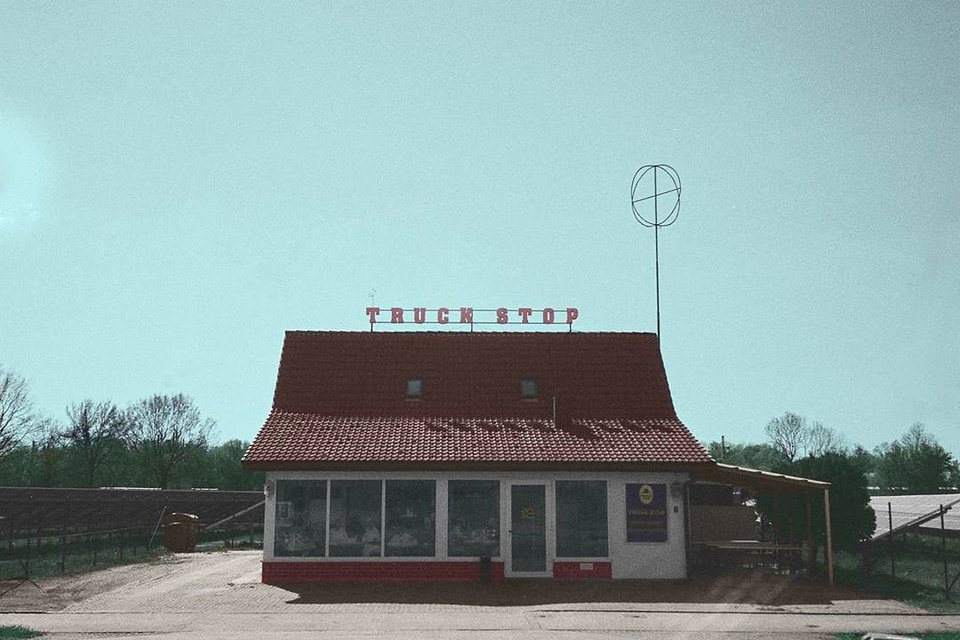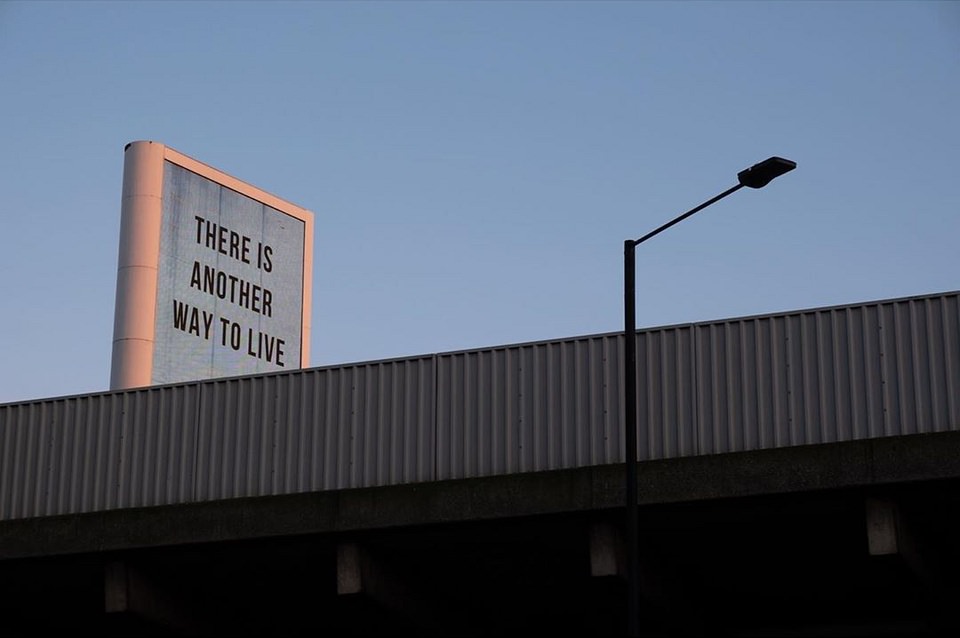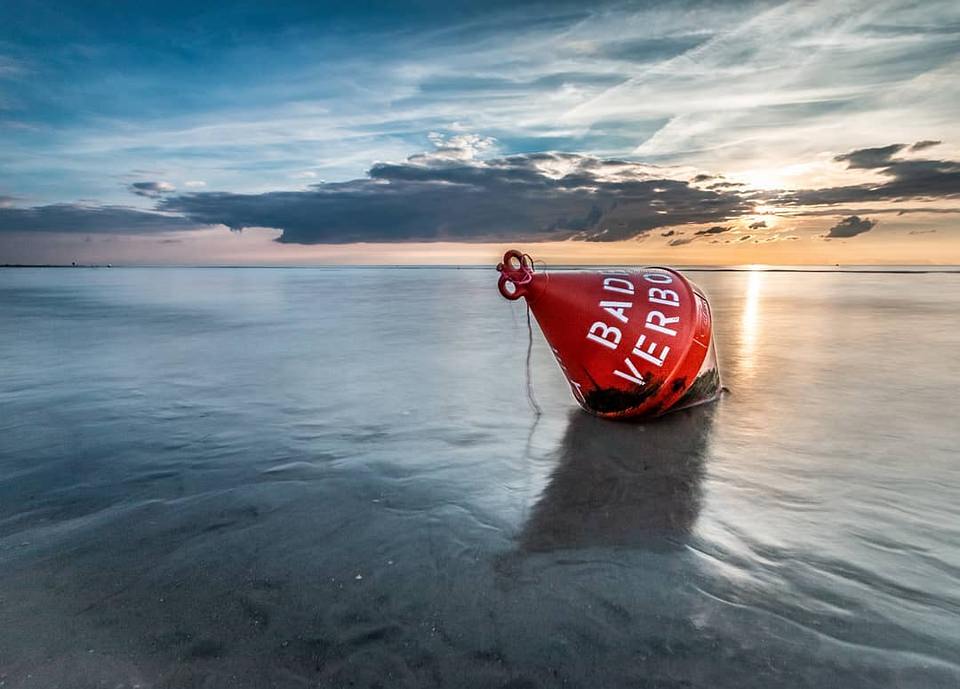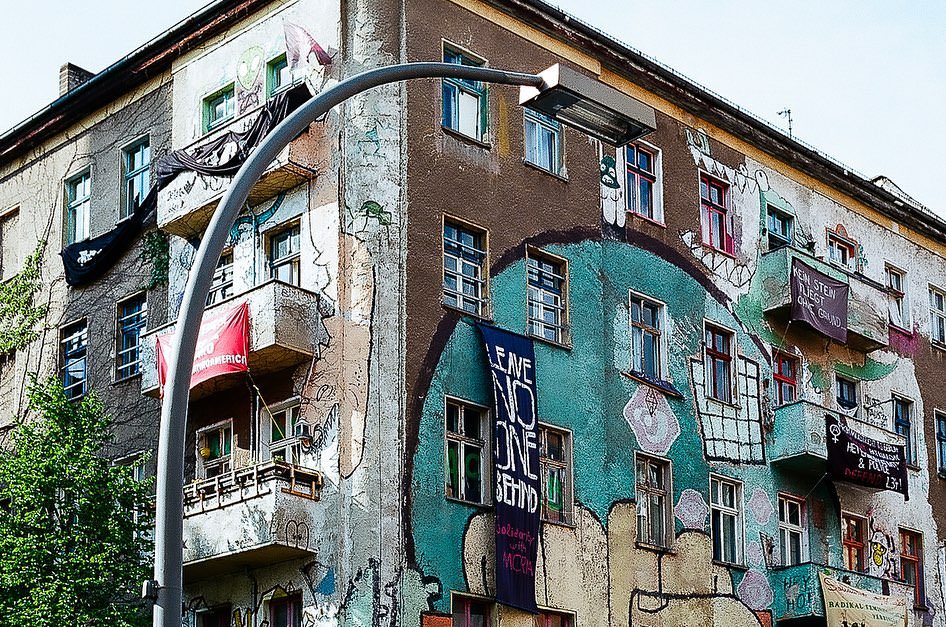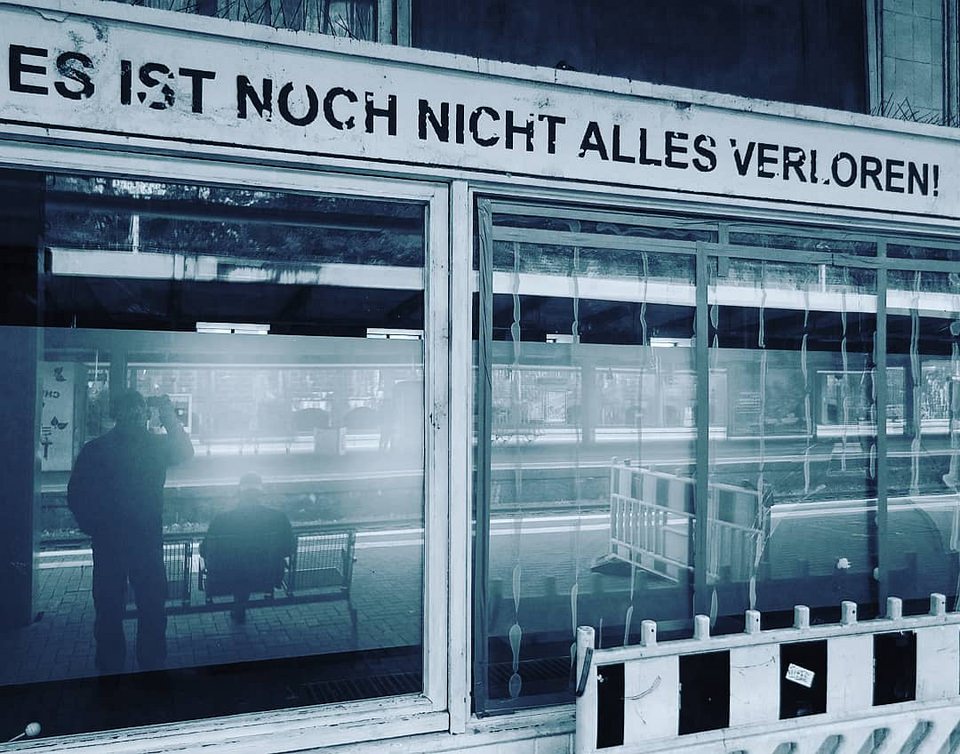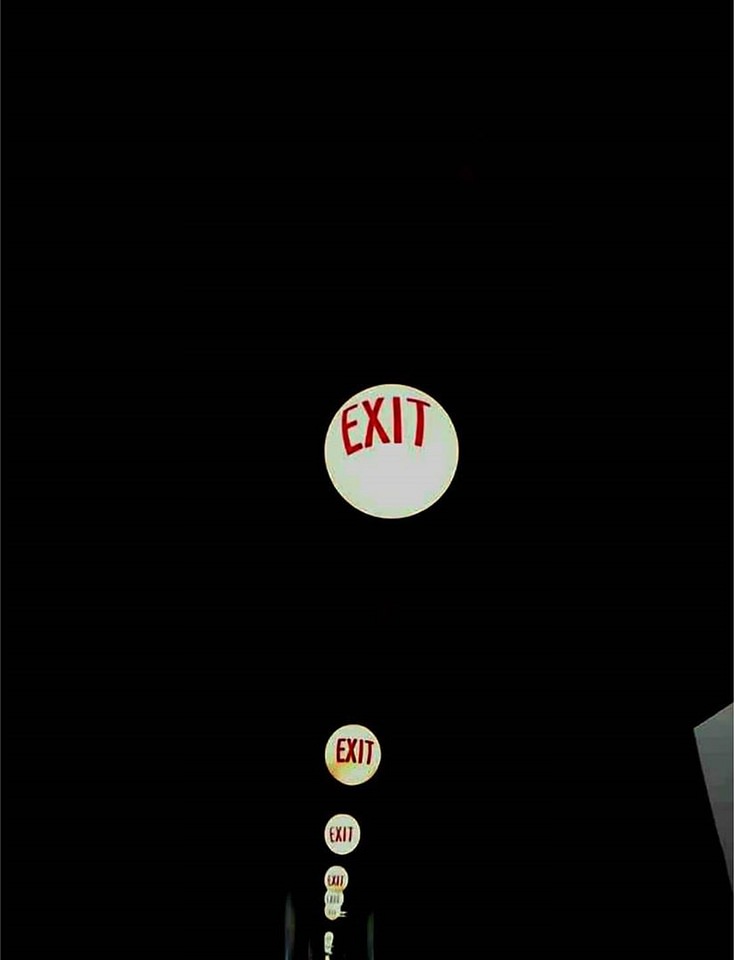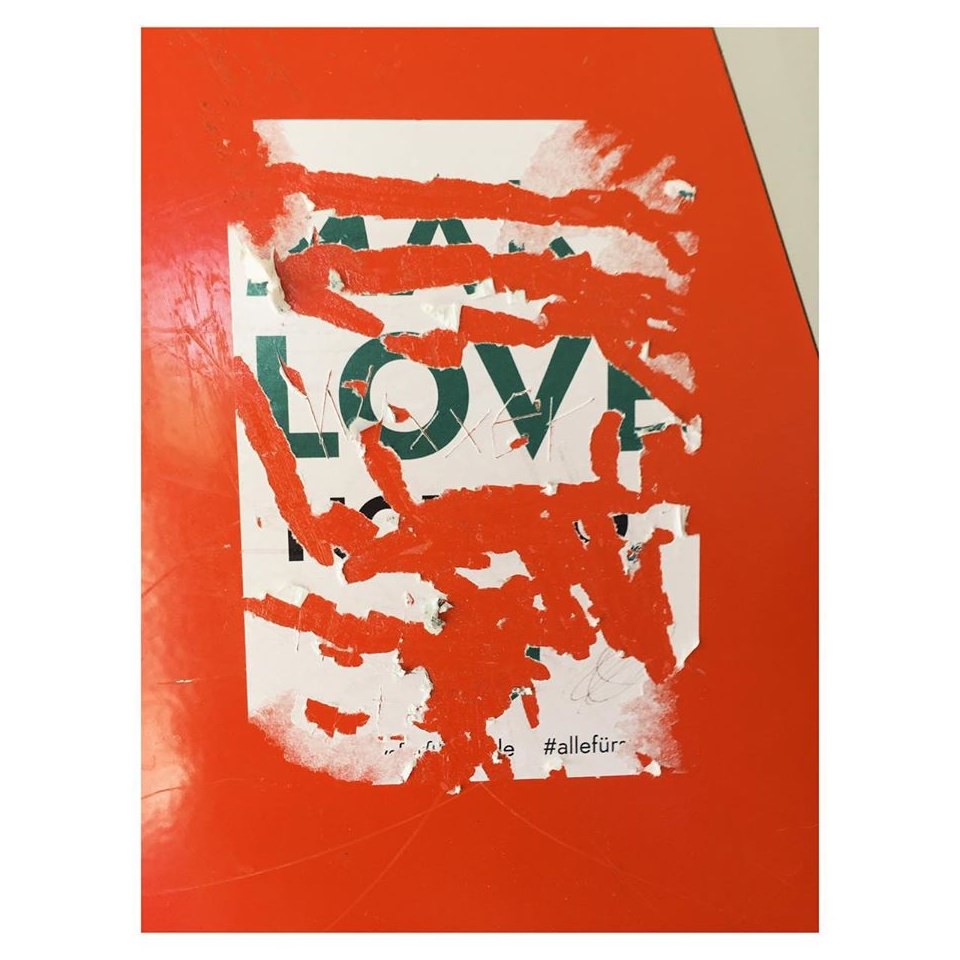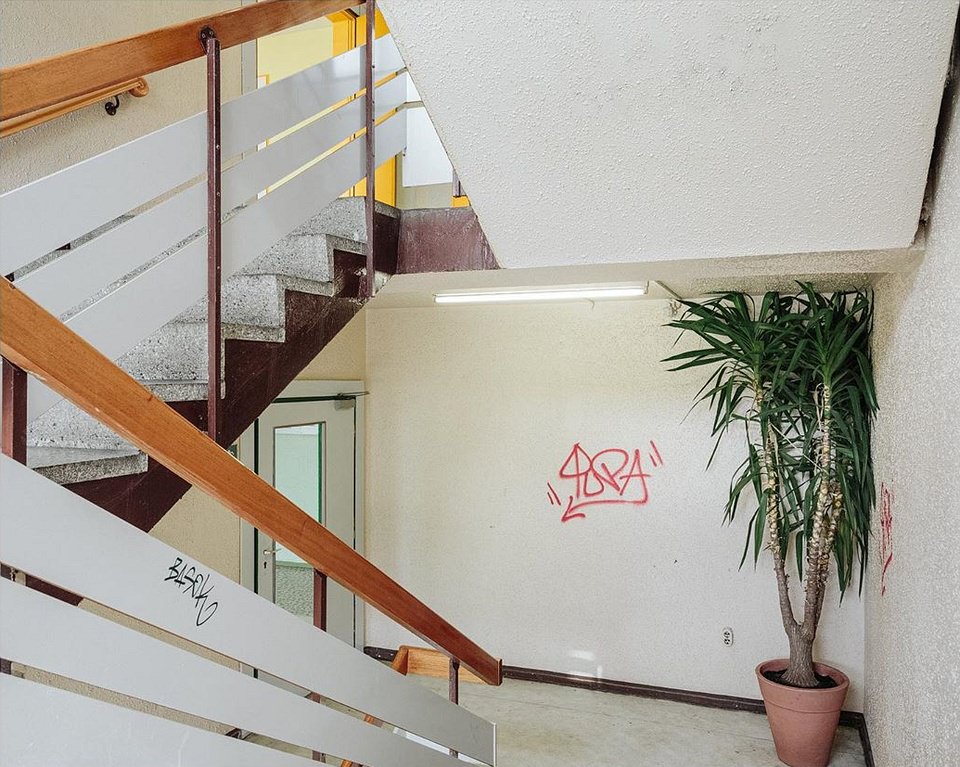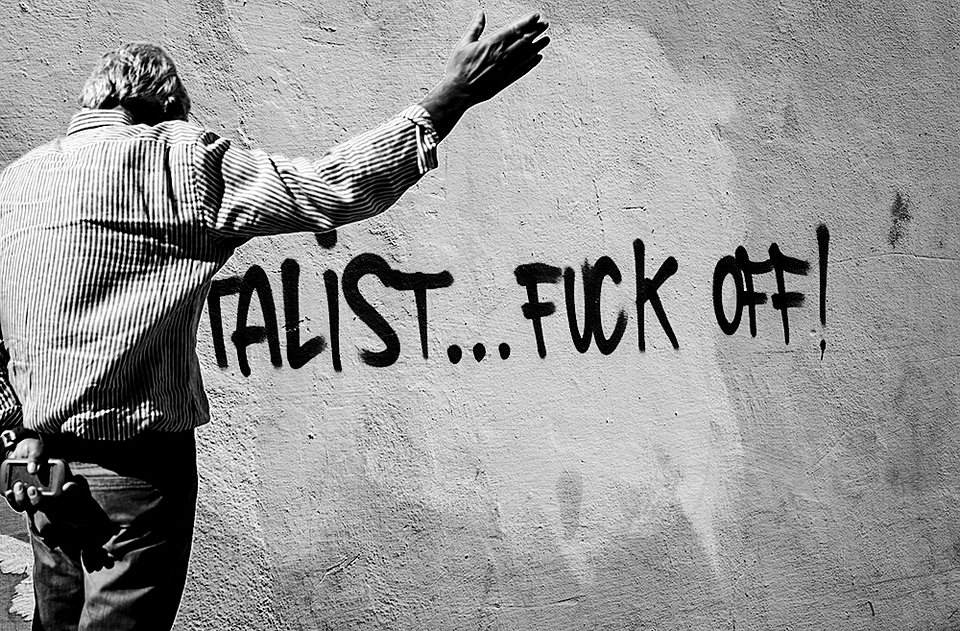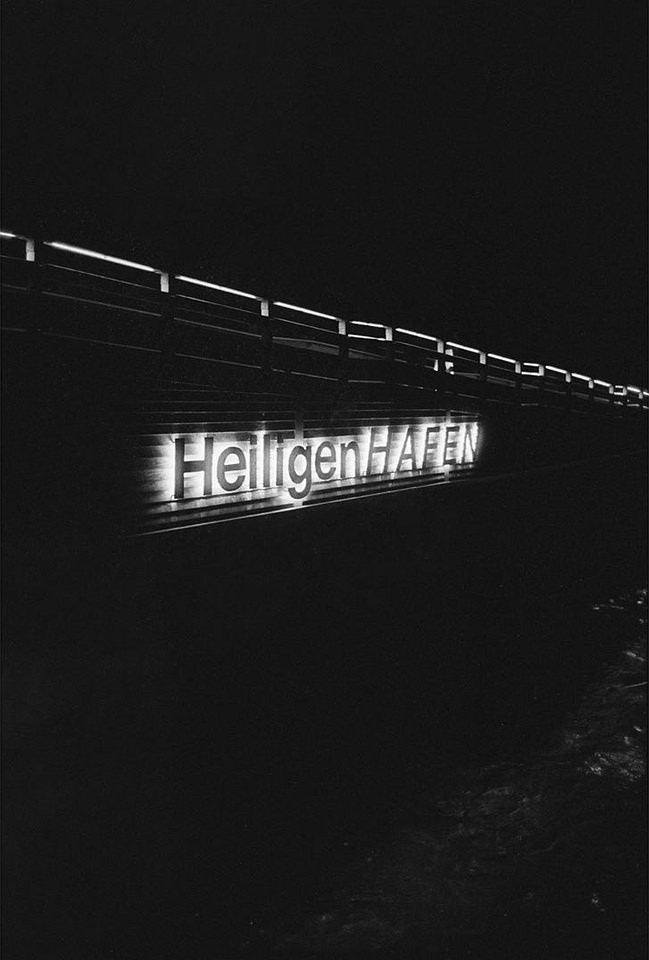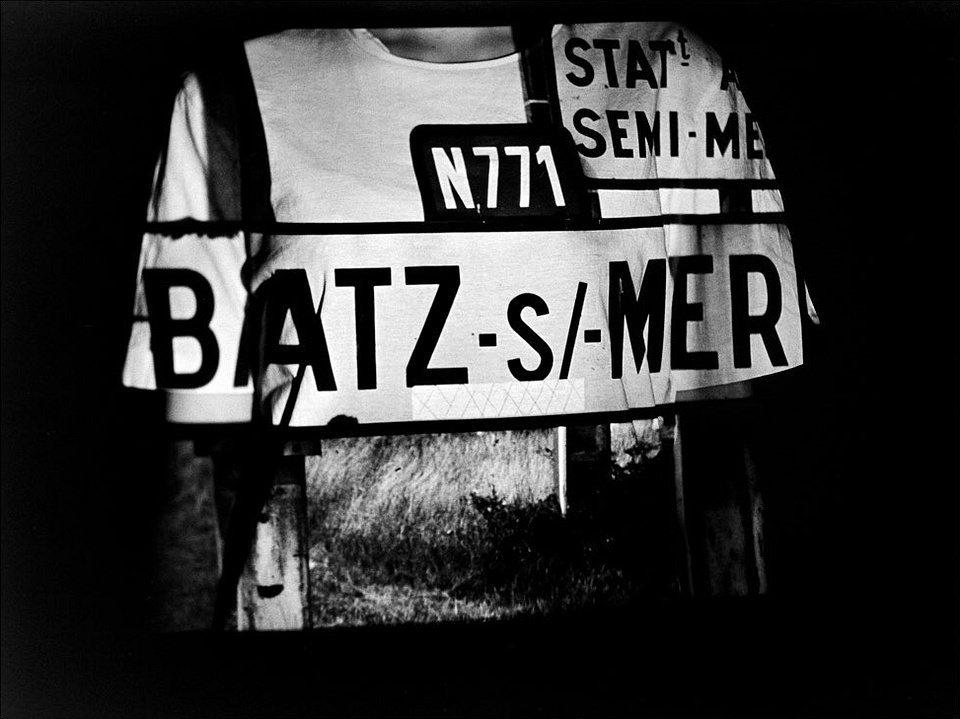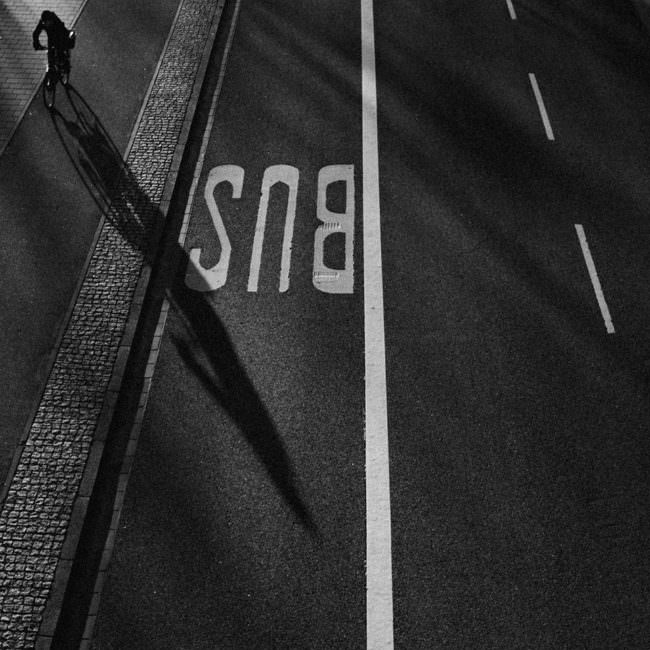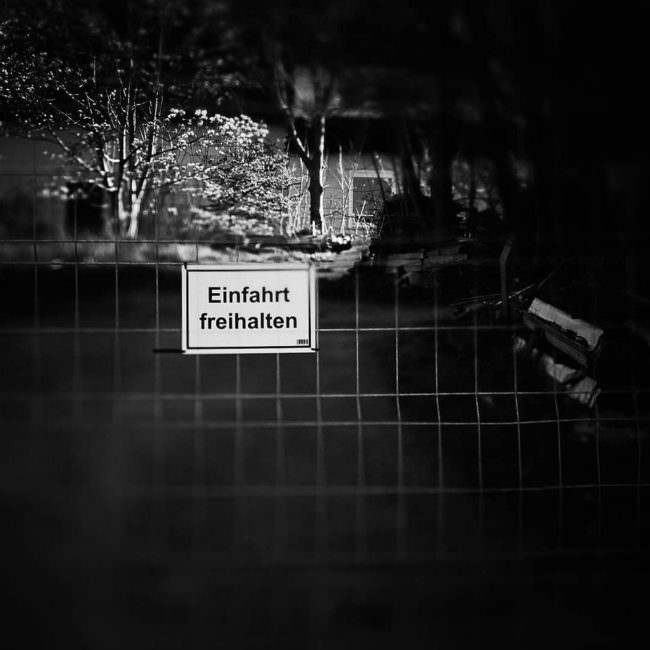Love Affair – Photopaintings
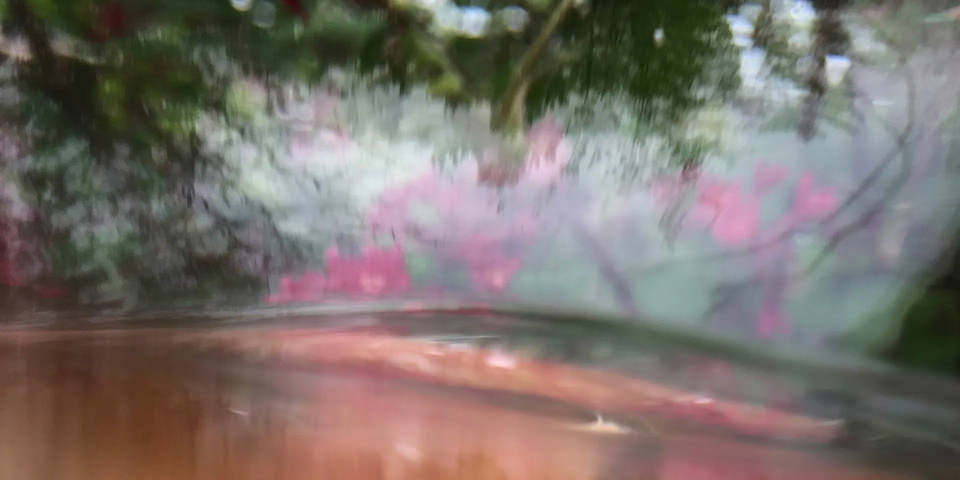
Ein Beitrag von: Markus Schaub
Am Anfang stand für mich die Frage: Ist es möglich, Bilder mit einer Smartphonekamera zu finden, die eine hohe erzählerische und ästhetische Dichte aufweisen? Die technischen Möglichkeiten und Einstellungen sind bei den Smartphonekameras stark limitiert, zumal ich ein älteres iPhone 6 benutze.
Zudem war für mich klar, dass ich keine der vorprogrammierten Filter einsetzen wollte, da diese eine generische Ästhetik beinhalten. Ebenso wollte ich die Bilder nicht über Photoshop weiterbearbeiten. Dies gefiel mir: Ein einfaches Instrument, das ich immer dabei habe, das keine technischen Ansprüche aufweist und mich damit zwingt, die Motive zu entdecken, aufzuspüren.
Nebensächliches, Spiegelungen, Nähe und Unschärfe. Die Smartphonekamera mit ihrer Limitierung half mir dabei, mich auf das Bild als solches konzentrieren zu können. Oft spielten Bewegung und Zufall eine wichtige Rolle.
Ein Bild besteht immer aus vielschichtigen Komponenten an Information. Das Zeichenhafte, das Abwesende, die Verweise auf erweiterte kulturelle und gesellschaftliche Codierungen, die auch immer eine Rezeptionsgeschichte in sich tragen. Kurz: Ein Bild besteht aus ganz vielen Codes, die je nach Lesart und Interpretation weit über das offensichtlich Gezeigte hinausreichen.
Es ist immer einfach, ein Konzept als Reaktion auf Bestehendes auszuweisen. Manchmal ist es aber tatsächlich so, dass sich solche Bezüge in der Realisierung manifestieren. Bei der Bildserie „Love Affair“ kam der Gedanke schon am Anfang auf, dass die Bilder sich durch die Verwendung des Smartphones klar als eine Art Gegenpol des Selfiewahns positionieren sollten.
Die Faszination der normativen Selbstinszenierungen, die die angestrebte Individualität restlich auslaugen, ist eine Darstellungsform, die sich an generischen Bildsprachen und voyeuristischer Ästhetik orientiert und damit den angestrebten Individualismus definitiv korrumpiert. Eine Bestechungsform eigener Eitelkeiten. Ein Ansatz wäre gewesen, diese Bildsprachen noch weiter zu überhöhen oder eben einen ganz anderen Weg zu suchen. Ich habe mich für den zweiten entschieden.
Die Fotografien der Serie „Love Affair“ transformieren somit den Voyeurismus in eine Welt einer enigmatischen Intimität, bei der die ästhetische Komposition der Bilder als ein beabsichtigtes Stilmittel eingesetzt wird. Als poetische Schicht, die einen vermeintlichen Überblick verbirgt oder überhöht und dadurch mit einer eigenen Wirklichkeit versieht.
Der Bezug zur Malerei ist dabei offensichtlich. Als Hybrid von Fotografie und Malerei ist der Begriff „Photopaintings“ schon lange bekannt. Entsprechend referenzieren sich die Arbeiten vielschichtig auf den kunsthistorischen Kontext. Unter anderem findet sich der Begriff bei Gerhard Richter, der schon in den sechziger Jahren, im Umfeld der Informel-Bewegung, die als Konstitutiv das „Prinzip der Formlosigkeit“ im „Spannungsfeld von Formauflösung und Formwerdung“ manifestierte, operiert hatte. Allerdings mit einem anderen Ansatz:
Wenn ich nach einem Foto male, wird das bewusste Denken ausgeschaltet. Ich weiß nicht, was ich tue. Meine Arbeit ist dem Informel viel näher als jeder Art von „Realismus“. Die Fotografie hat eine eigene Abstraktion, die nicht leicht zu durchschauen ist.
Gerhard Richter, Notizen 1964–65
Dieser Ansatz der eigenen Abstraktion wird in der Serie „Love Affair“ durch den Einsatz der Smartphonekamera medial zusammengeführt und dadurch weiter verstärkt. Dank diesem endoskopischen Vermessungsinstrument ist es mir möglich, das Bild als „Undurchschaubares“ weiterzuentwickeln und zu erforschen.
Seit dem Start der Serie im Jahr 2017 sind Tausende Bilder entstanden, die nach bestimmten Auswahlkriterien verworfen oder in die Sammlung aufgenommen werden. Die Bilder werden unbearbeitet entsprechend dem Bildschirmformat des Smartphones – 4:3 – auf verschiedene Formate und Medien vergrößert. Dabei hat sich gezeigt, dass auch die größeren Formate wie etwa 135 x 180 cm trotz der eher bescheidenen Datenmenge von 2448 x 3264 px sehr gut funktionieren.
kwerfeldein – Magazin für Fotografie https://ift.tt/2yiEiCt
Sourced by Time Trap Photography sharing the best photography tips, news and tricks throughout the industry. Time Trap Photography is dedicated to freezing those special moments in life that can be revisited and admired for generations to come. - Shannon Bourque
Please visit our main site for booking availability and rates.

Receive valuable industry knowledge delivered free to your email each day.


